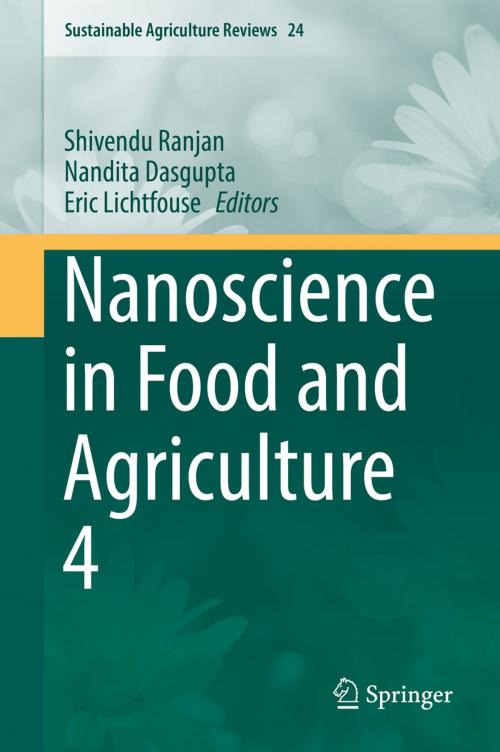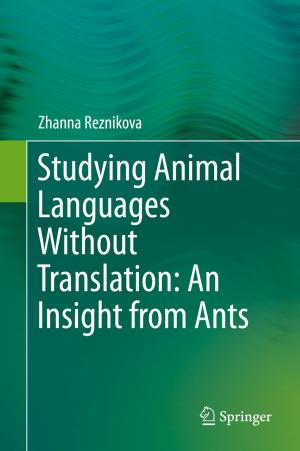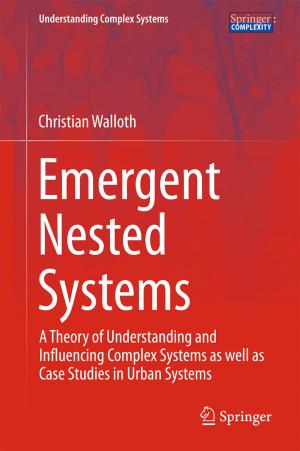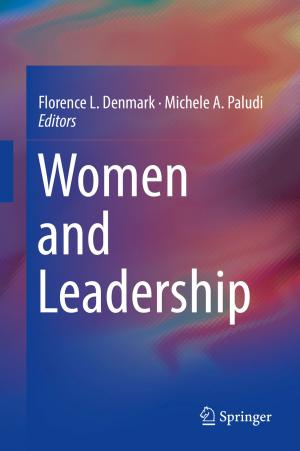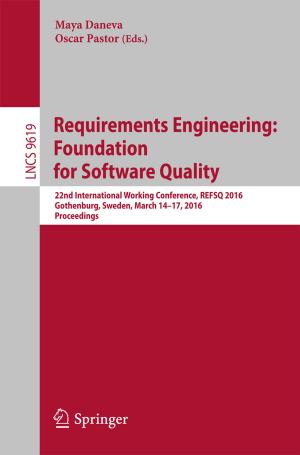Nanoscience in Food and Agriculture 4
Nonfiction, Science & Nature, Science, Biological Sciences, Microbiology, Technology, Agriculture & Animal Husbandry| Author: | ISBN: | 9783319531120 | |
| Publisher: | Springer International Publishing | Publication: | March 1, 2017 |
| Imprint: | Springer | Language: | English |
| Author: | |
| ISBN: | 9783319531120 |
| Publisher: | Springer International Publishing |
| Publication: | March 1, 2017 |
| Imprint: | Springer |
| Language: | English |
In this book we present ten chapters describing the synthesis and application of nanomaterials for health, food, agriculture and bioremediation. Nanomaterials, with unique properties are now being used to improve food and agricultural production. Research on nanomaterials is indeed revealing new applications that were once thought to be imaginary. Specifically, applications lead to higher crop productivity with nanofertilisers, better packaging, longer food shelf life and better sensing of aromas and contaminants. these applications are needed in particular in poor countries where food is scarce and the water quality bad. Nanotechnology also addresses the age old issue of water polluted by industrial, urban and agricultural pollutants. For instance, research produces nanomaterials that clean water more efficiently than classical methods, thus yielding water for drinking and irrigation. However, some nanomaterials have been found to be toxic. Therefore, nanomaterials should be engineered to be safe for the environment.
In this book we present ten chapters describing the synthesis and application of nanomaterials for health, food, agriculture and bioremediation. Nanomaterials, with unique properties are now being used to improve food and agricultural production. Research on nanomaterials is indeed revealing new applications that were once thought to be imaginary. Specifically, applications lead to higher crop productivity with nanofertilisers, better packaging, longer food shelf life and better sensing of aromas and contaminants. these applications are needed in particular in poor countries where food is scarce and the water quality bad. Nanotechnology also addresses the age old issue of water polluted by industrial, urban and agricultural pollutants. For instance, research produces nanomaterials that clean water more efficiently than classical methods, thus yielding water for drinking and irrigation. However, some nanomaterials have been found to be toxic. Therefore, nanomaterials should be engineered to be safe for the environment.
